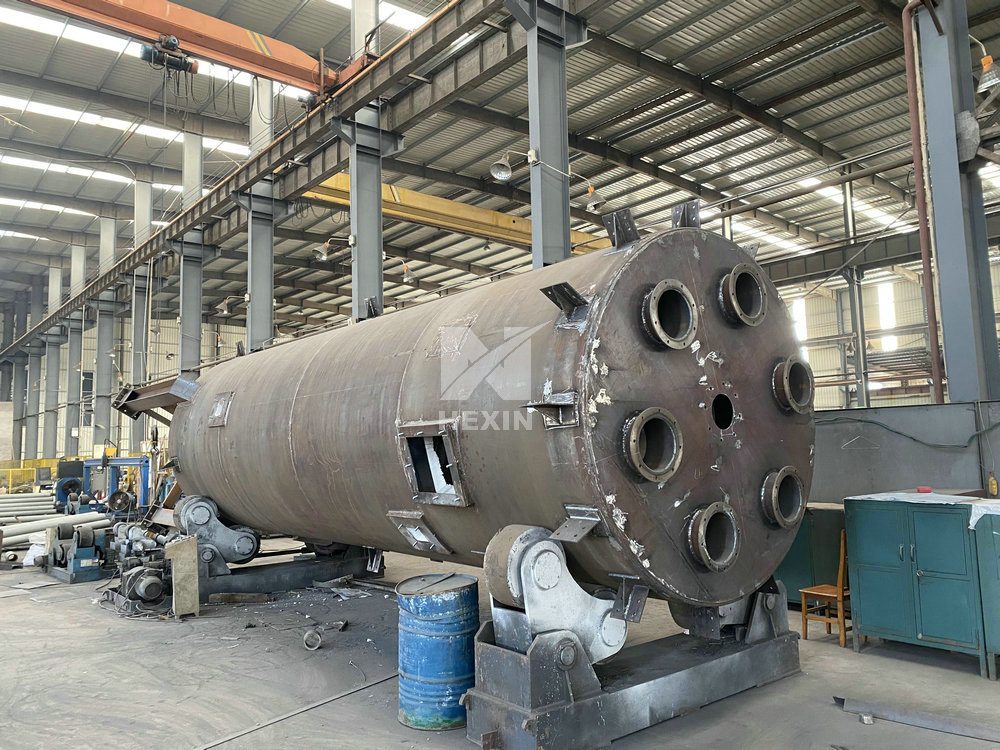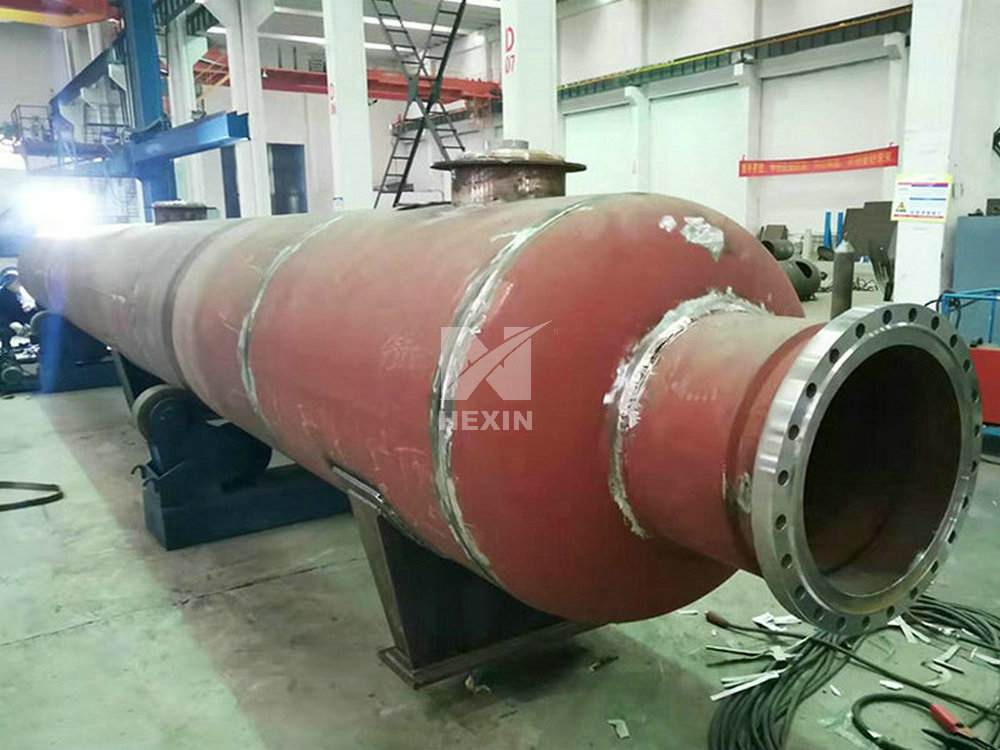Spiral heat exchanger is a heat exchanger in which two parallel metal plates are rolled into two spiral channels, and heat is exchanged between cold and hot fluids through the spiral plate wall. Spiral plate heat exchangers are available in two types: removable and non-removable.
Spiral plate heat exchanger has the advantages of small size, compact equipment, high heat transfer efficiency and low metal consumption. It is suitable for dry liquid-liquid, gas-liquid, gas-gas convection heat transfer, steam condensation and liquid evaporation heat transfer, chemical, Petroleum, medicine, machinery, electricity, environmental protection, energy saving and industries that require heat conversion.
Spiral plate heat exchangers are divided into detachable spiral plate heat exchangers and inseparable spiral plate heat exchangers.
The structure of the non-detachable spiral plate heat exchanger is relatively simple, and both ends of the spiral channel are welded. Detachable spiral plate heat exchanger. Except for the sealing structure at both ends of the spiral channel, it is the same as the non-detachable one. In order to achieve the purpose of mechanical cleaning, the detachable spiral channel is open at one end and sealed with a flat cover and a gasket.
To prevent fluid leakage to atmosphere or short circuit of fluid within the same channel. In order to improve the bearing capacity of the spiral plate, spacer columns are used between the plates. There are two types of fluid inlet and outlet on the cylinder, normal nozzle and tangential nozzle. Tangential nozzles are commonly used in China, which has low fluid resistance and impurities are easily flushed out.
It is more convenient to use the slewing support, and the heat exchanger can be placed vertically or horizontally.
The volumetric heat exchanger is a heat exchanger that uses cold and hot fluids to alternately flow through the surface of the regenerator (filler) in the regenerator to exchange heat. A heat exchanger that is separated and exchanges heat through the partition wall, so it is also called a surface heat exchanger.
A positive displacement heat exchanger, which is mainly composed of a body, a steam coil assembly, a steam inlet and outlet, and an inlet and outlet of cold and hot water. The alloy layer is brushed with a paint layer, and the original pipe box is cancelled, and the steam coil is directly connected through the flange.








